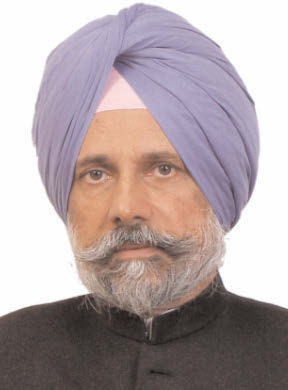
H-1B issues always heat up the closer we get to an election year, for e.g. Cruz once wanted to increase the H-1B cap from 65,000 to 325,000, while Rubio’s proposed “I-squared” Bill attempts to triple the number of temporary guest workers that firms can bring in every year. The US Congress in recent months has been considering Bills that seek to triple the cap of H-1B visas to 195,000. There is, however, a growing discontent about the H-1B visa process among skilled workers in the US, who say the visas are a way for big companies to hire cheaper foreign workers.
Over the last few weeks there has been a lot in the media about Disney and power utility Southern California Edison where they apparently hired Indian firms TCS and Infosys to replace in-house tech workers with Indians on H-1B visas.
Indian IT companies have long been accused of using loopholes in immigration regulation in order to make a quick buck, thanks primarily to the ability to pay their imported workers on H-1B visas between 30 percent and 50 percent less than the prevailing American wage rate for that job.
In 2014, out the top 10 companies in the H1B race – six were Indian (with Infosys leading the table by a huge margin, at 32,379, versus second-place TCS, at 8,785), the rest were all American. Incidentally, both the companies are being investigated. Deloitte, IBM, Accenture, and Microsoft made up the remainder of the top 10, while Ernst & Young and Google sneaked into 11th and 12th places.
According to a study done by Norman Matloff, a professor of computer science at the University of California at Davis “has shown that non-Indian companies use the visas to acquire cheap labor, saving about 20 percent in an apples-to-apples comparison — ie, young foreign workers versus young Americans — and as much as 50 percent for hiring young H-1B visa holders instead of older Americans.
It turns out that Ian Hathaway, research director at Engine, an American economic research outfit, has churned out numbers that show employers find it a whole lot more difficult to find candidates in the science, technology, engineering, and mathematics (STEM) fields, as well as computer and math sciences (CMS), than those in other fields. Apparently, at the end of 2012, there were 2.4 CMS job openings for each unemployed CMS worker, and 1.4 STEM openings for each unemployed STEM worker, versus four unemployed workers per job opening in non-STEM and CMS fields.
What’s more, Hathaway showed that wage growth for STEM and CMS workers with at least a bachelor’s degree was far more “robust” in the last 12 years, compared to other fields.
“Not only did wages grow at the median for these fields while wages in all other professions fell substantially; that growth also reached workers with a broader set of income levels,” Hathaway pointed out. In fact, it is “irresponsible for researchers to claim there is an oversupply of STEM workers”, he added.
If this isn’t conclusive enough, The New York Times pointed to another study conducted by William R Kerr, a Harvard business professor, who found little empirical evidence amongst 300 American companies that pointed to American engineers being displaced by foreign ones. In fact, Kerr’s study suggested exactly the opposite — that the growth of immigrant workers “helps younger American technical workers; more of them are hired and at higher-paying jobs — but has no noticeable consequences, good or bad, on older workers”. Kerr also said that “in the short run, we don’t find really any adverse or super-positive effect on the employment of Americans”, adding that “people take an extremely one-sided view of this stuff and dismiss any evidence to the contrary”.
And yet another study conducted by academics at the University of California at Berkeley found that over the span of a decade in an urban area, a 1 percentage (of total employment) increase in foreign STEM workers during a decade actually increased the wages of native-born American college graduates by 4 percent to 6 percent, with small effect on their employment.
America is the world’s largest engine of innovation. Legions of its tech workers have and continue to pioneer new ways in which technology can improve our quality of existence. It seems to me that in the absence of any concrete evidence that H-1Bs threaten the existence of the American techie, it may be more productive to focus on how to move up the value chain.





Be the first to comment